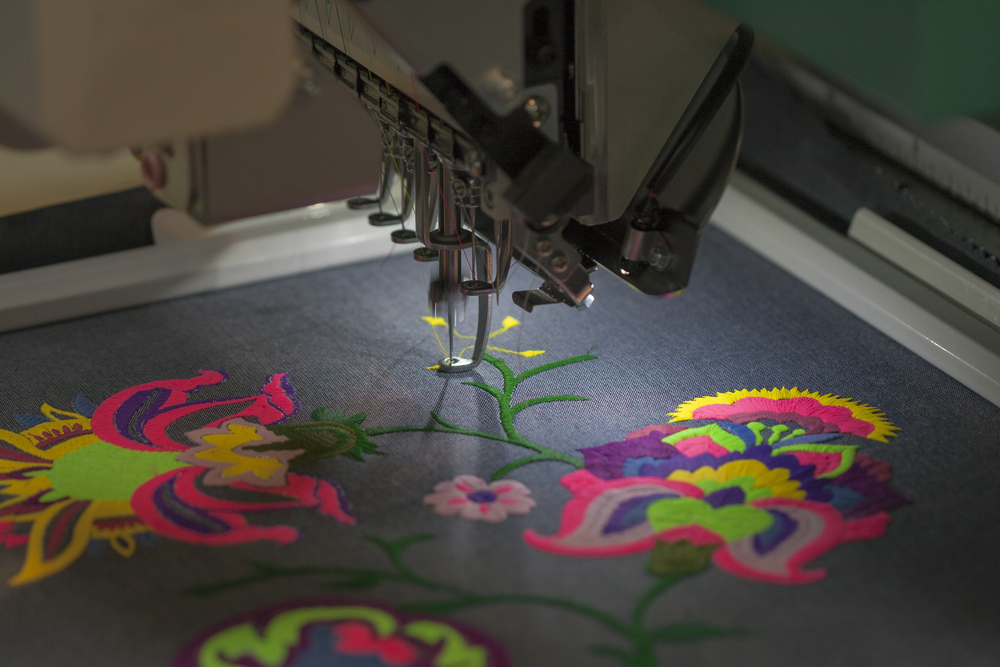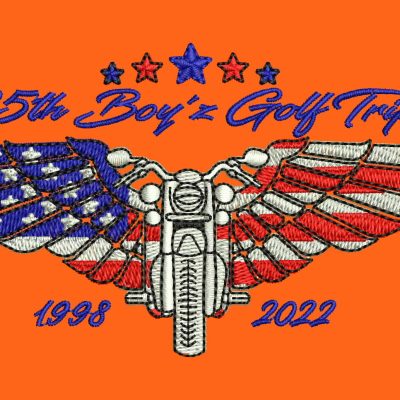Grasping the Needlework Digitizing Process: Your Ultimate Guide
Embroidery digitizing is a meticulous craft that calls for accuracy and proficiency to convert complex designs right into electronic formats for machine needlework. As artisans start this trip to master the needlework digitizing process, a detailed understanding of the basics sets the structure for quality. Nevertheless, past the primary understanding lies a world of sophisticated software program, specialized tools, and nuanced techniques waiting to be checked out. By diving into the nuances of digitizing, one can open a world of innovative opportunities and elevate their embroidery jobs to brand-new elevations.

Comprehending Needlework Digitizing Fundamentals
Embroidery digitizing basics develop the structure whereupon elaborate styles are converted into machine-readable formats for precise sewing. This initial action in the embroidery digitizing process is essential for making certain that the final embroidered item is a faithful depiction of the original layout. Recognizing needlework digitizing fundamentals includes understanding key concepts such as stitch types, stitch direction, thickness, rug, and draw compensation.
Sew types play an important role in figuring out the visual and textural outcome of the stitched style. By choosing the appropriate stitch type, whether it be satin, fill, or running stitch, digitizers can attain the wanted result and boost the total quality of the embroidery. Furthermore, sew instructions affects the circulation and dimension of the style, while density establishes the spacing and protection of the stitches.
Furthermore, padding stitching supplies security to the style by securing the textile and avoiding distortion during the needlework procedure. Draw compensation is an additional vital consideration to neutralize the natural propensity of material to contract when sewn. Mastering these needlework digitizing basics is basic for producing professional-quality embroidered items.
Selecting the Right Digitizing Software
Choosing the appropriate digitizing software application is a crucial choice that considerably influences the efficiency and top quality of the needlework digitizing process. Digitizing for Embroidery. When selecting the right digitizing software program, it is vital to think about factors such as the intricacy of styles you prepare to develop, the user-friendliness of the software, the degree of customer support used, and the compatibility with your embroidery machine
There are different digitizing software choices readily available out there, varying from basic programs for newbies to innovative software application for specialist digitizers. Some popular choices include Wilcom EmbroideryStudio, Hatch Needlework Software Program, and PulseID. These software use a variety of devices and features to help you create elaborate designs easily.
Before making a decision, it is a good idea to check out the various software application options through totally free trials or demonstrations to identify which one best suits your needs. Additionally, reading evaluations and looking for recommendations from skilled digitizers can supply valuable insights into the staminas and weaknesses of each software plan (Digitizing for Embroidery). By meticulously examining your demands and comparing the functions of different digitizing software, you can make an enlightened selection that boosts your embroidery digitizing workflow
Digitizing Devices and Techniques

Optimizing Layout Setup for Embroidery
Mastering the details of style settings is essential in achieving optimum results in the needlework digitizing process, structure upon the foundation laid by recognizing digitizing tools and techniques. When maximizing design setups for embroidery, it is crucial to think about factors such as stitch kind, thickness, padding, pull settlement, and enrollment. Registration setups line up different components of the style accurately, keeping general style integrity.

Troubleshooting Common Digitizing Issues
When experiencing usual digitizing problems during the needlework process, it is necessary to understand the origin and execute reliable options quickly. One usual issue is stitch thickness problems, where stitches may be as well dense, triggering the textile to pucker, or as well thin, resulting in gaps in the style. Readjusting the stitch density setups in the digitizing software can aid solve this issue.
An additional regular challenge is thread breaks throughout the embroidery procedure. This can occur as a result Full Article of numerous reasons such as wrong stress settings, dull needles, or utilizing low-grade string. Ensuring appropriate upkeep of the embroidery maker, consisting of normal needle changes and tension changes, can decrease the occurrence of thread breaks.
Additionally, layout registration errors can lead to misaligned aspects within the needlework layout. Checking the style placement in the digitizing software and making needed modifications before stitching can assist in preventing this concern. By addressing these typical digitizing issues promptly and successfully, you can guarantee a smoother embroidery procedure and premium completed items.
Conclusion
To conclude, grasping the embroidery digitizing procedure needs a solid understanding of the basics, the right choice of software, and knowledge of tools and strategies. Maximizing style settings and repairing typical digitizing problems are essential action in making certain top notch embroidery outcomes. By complying with these steps diligently, one can attain precision and performance in the digitizing procedure.